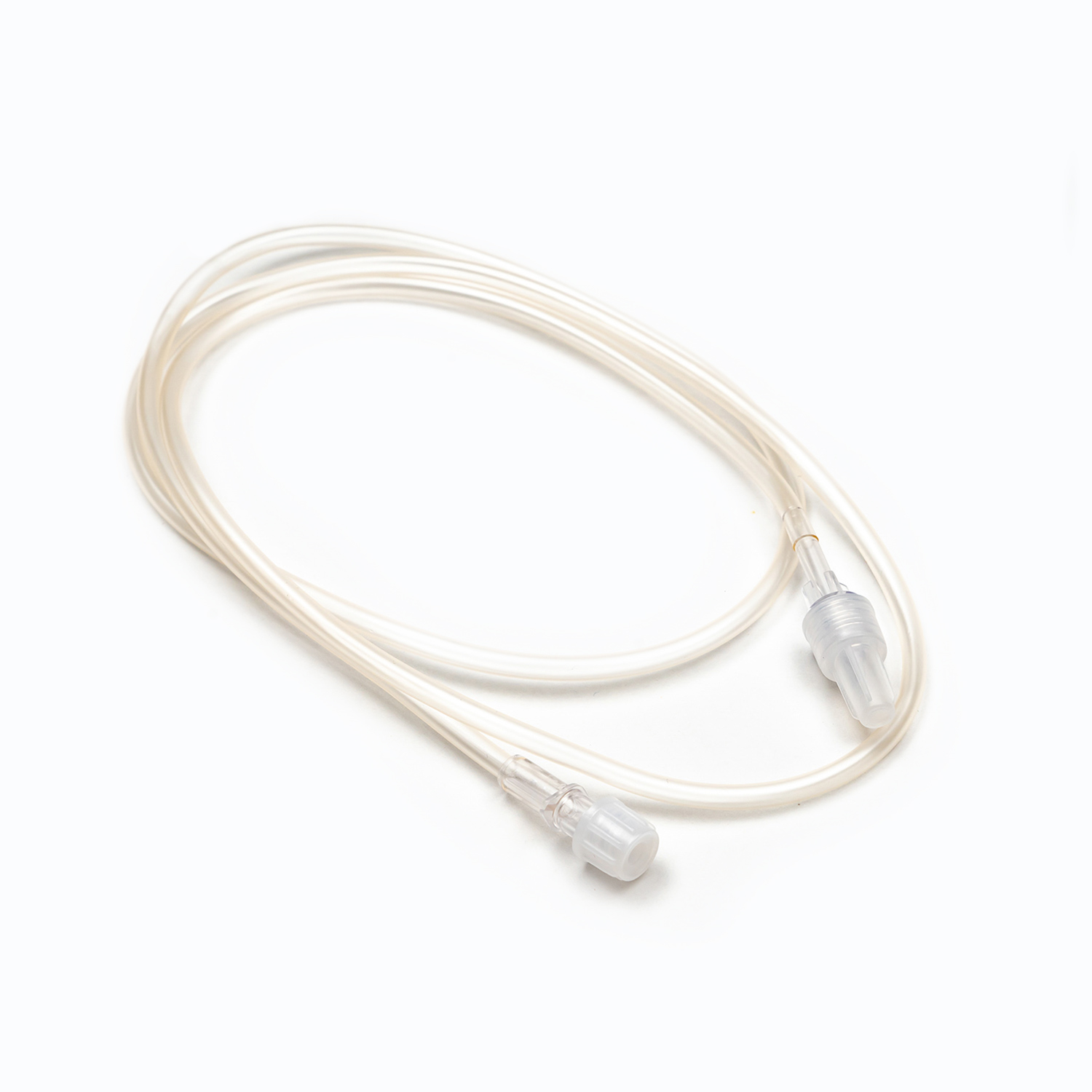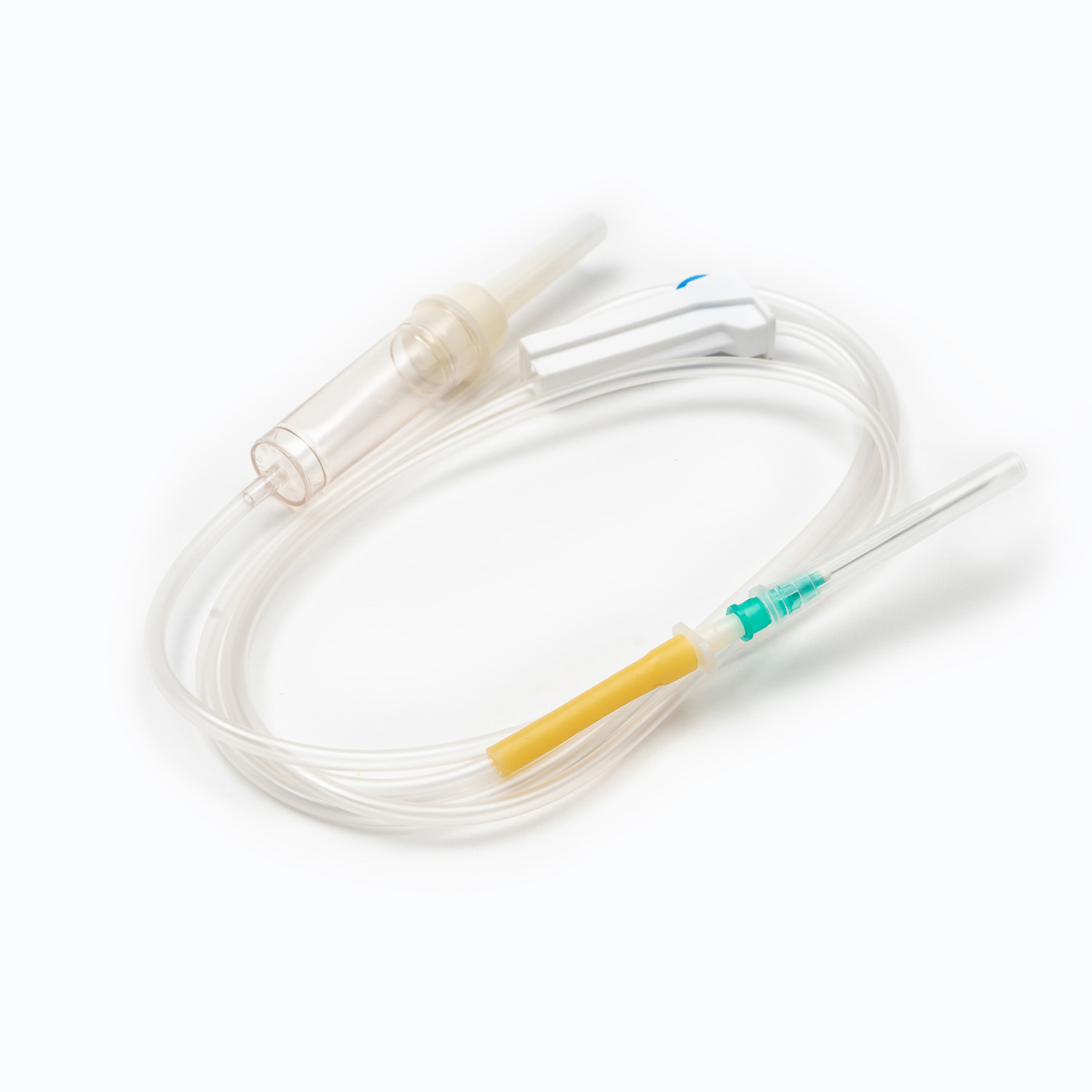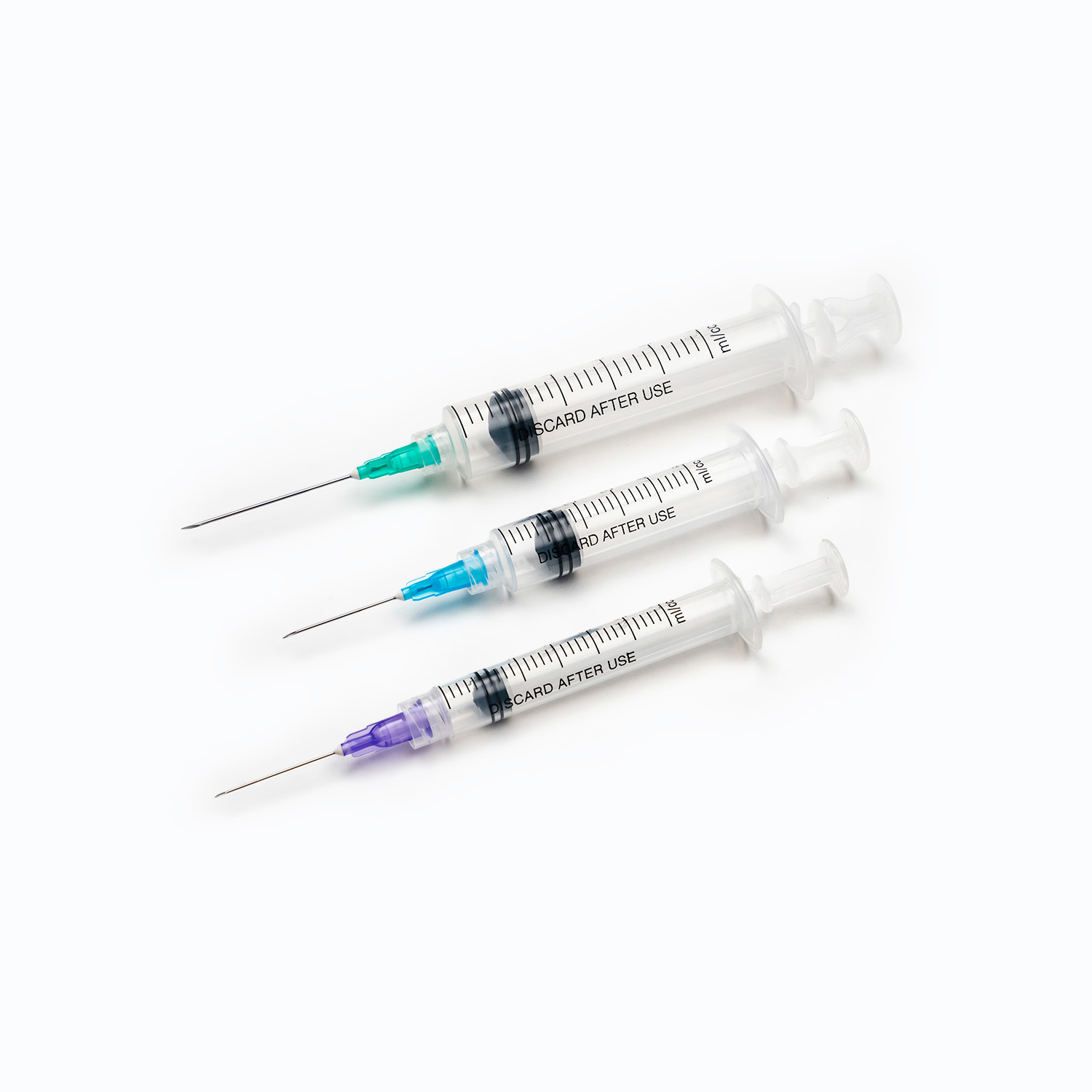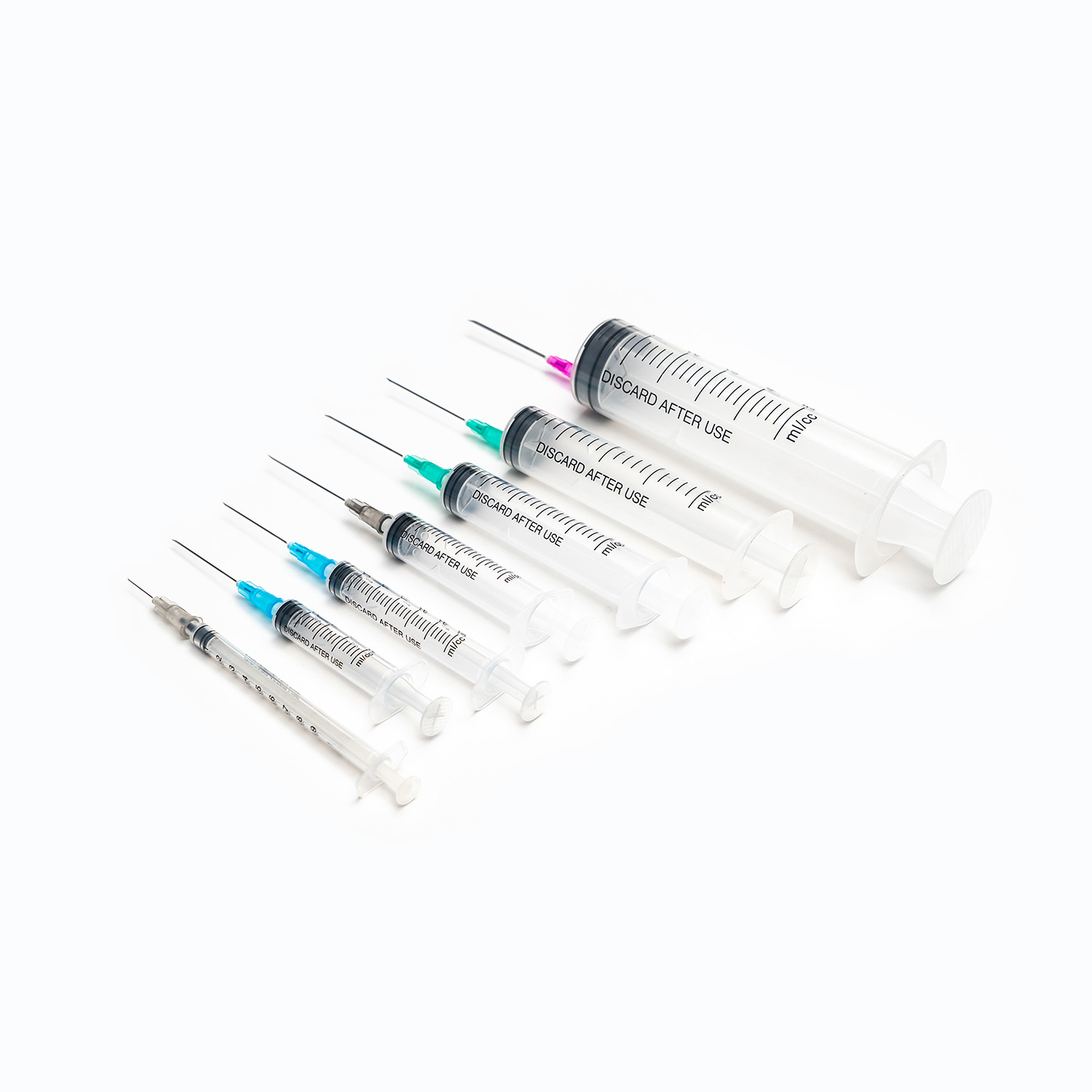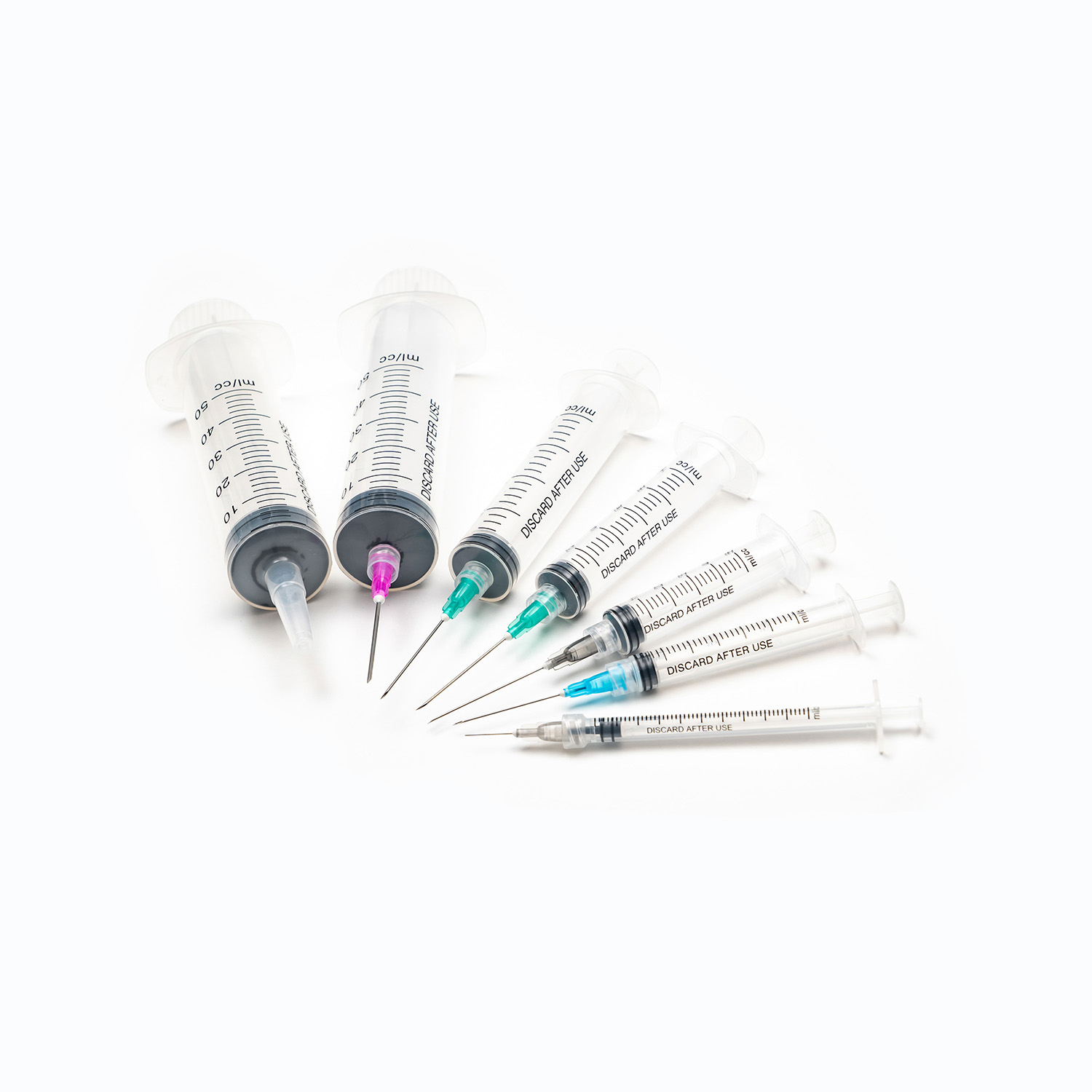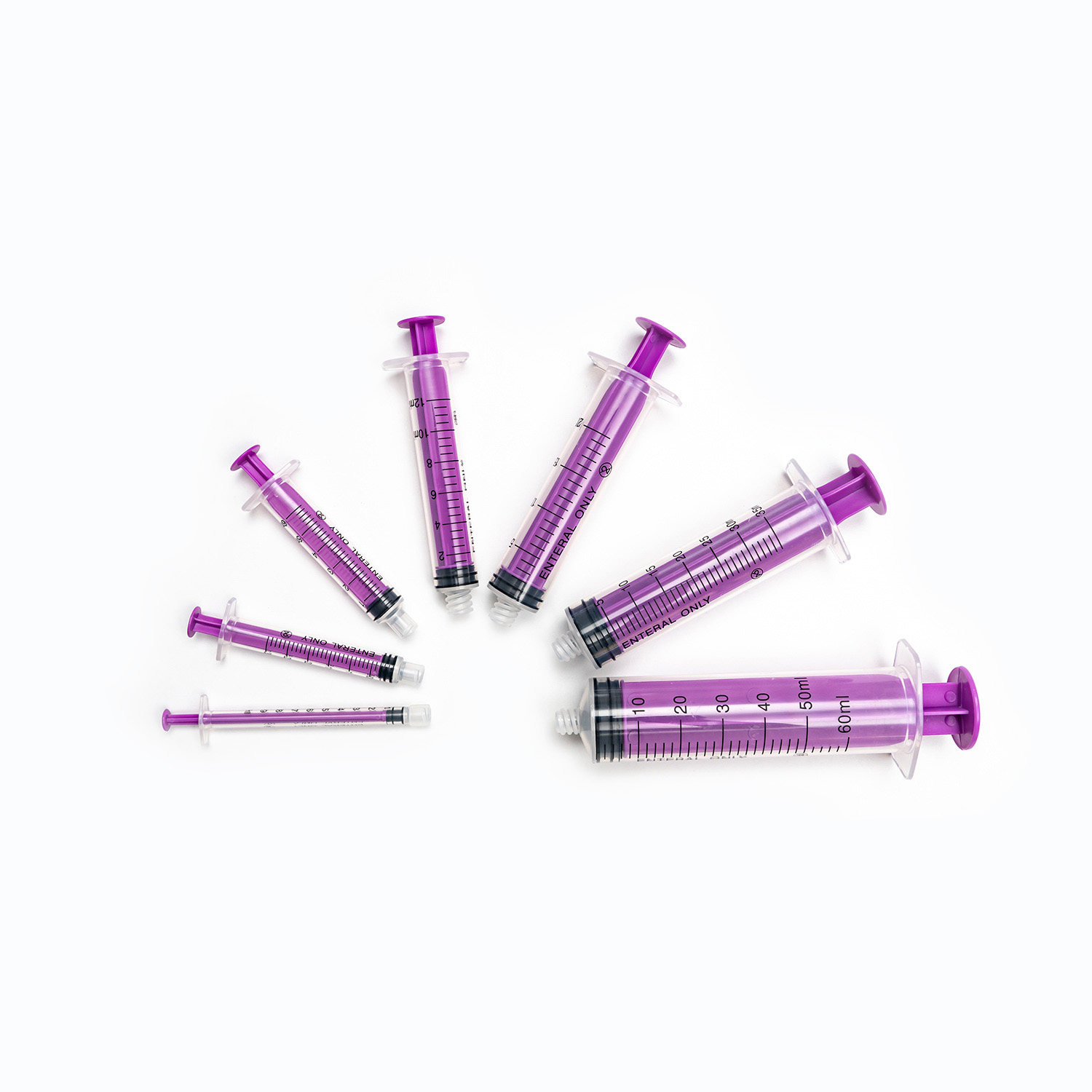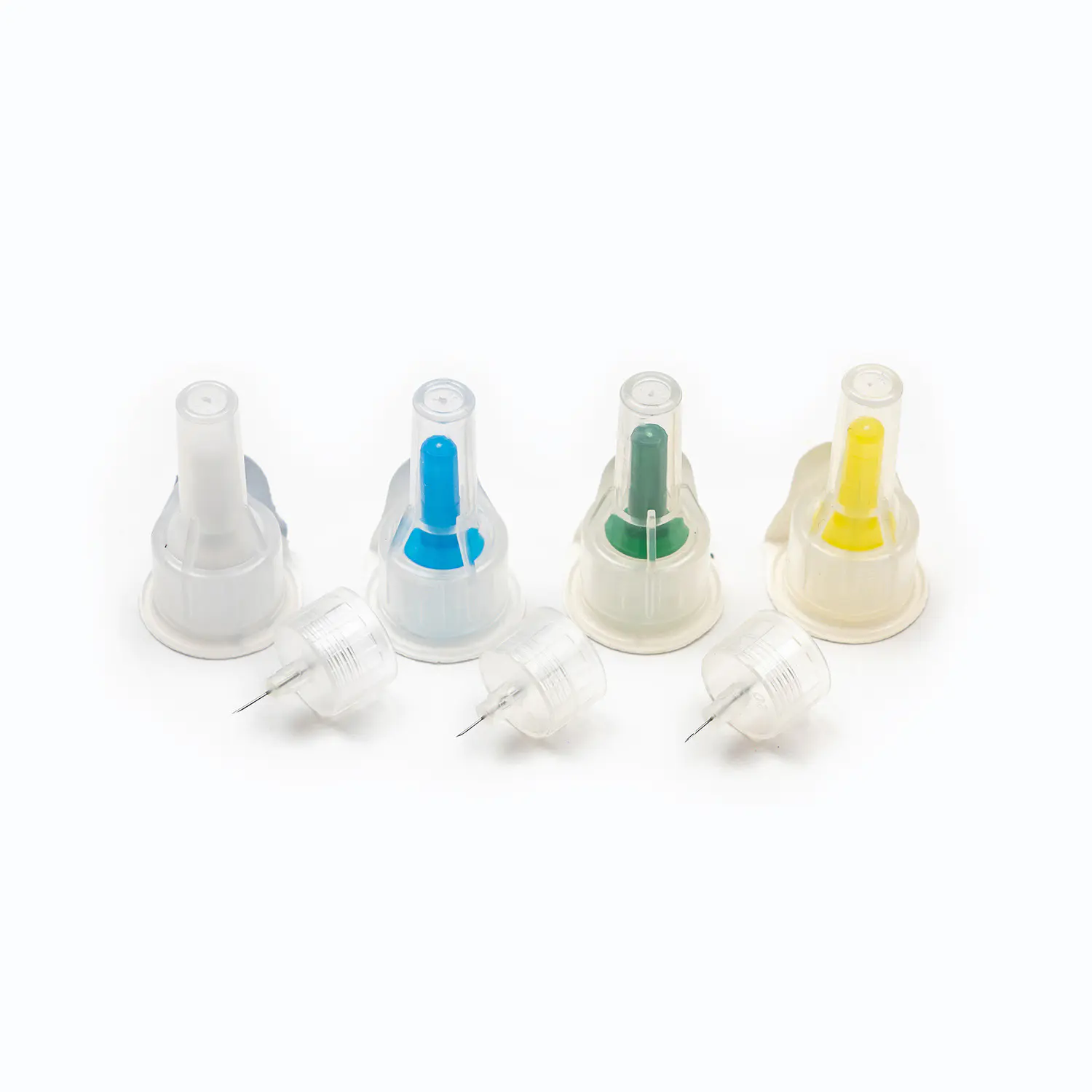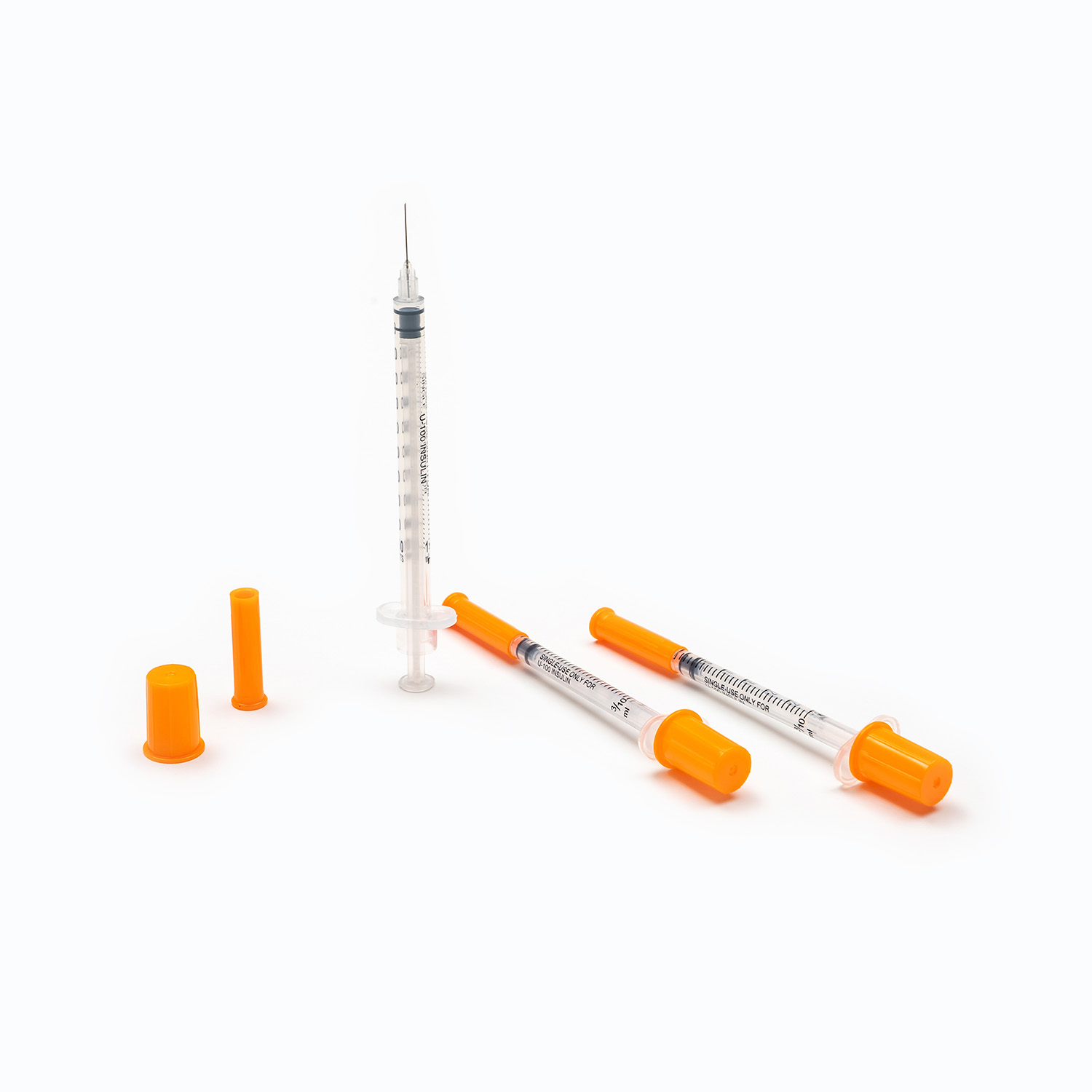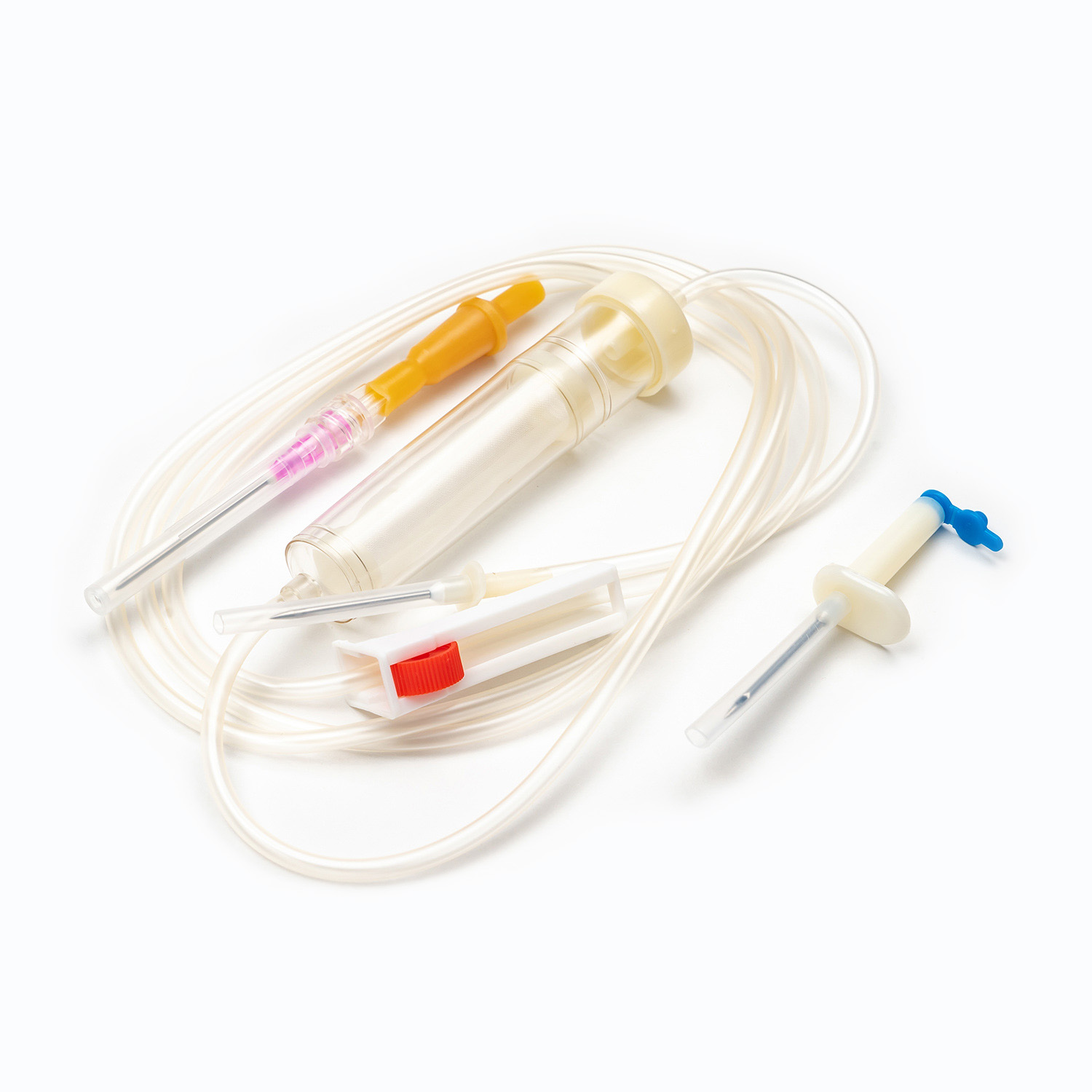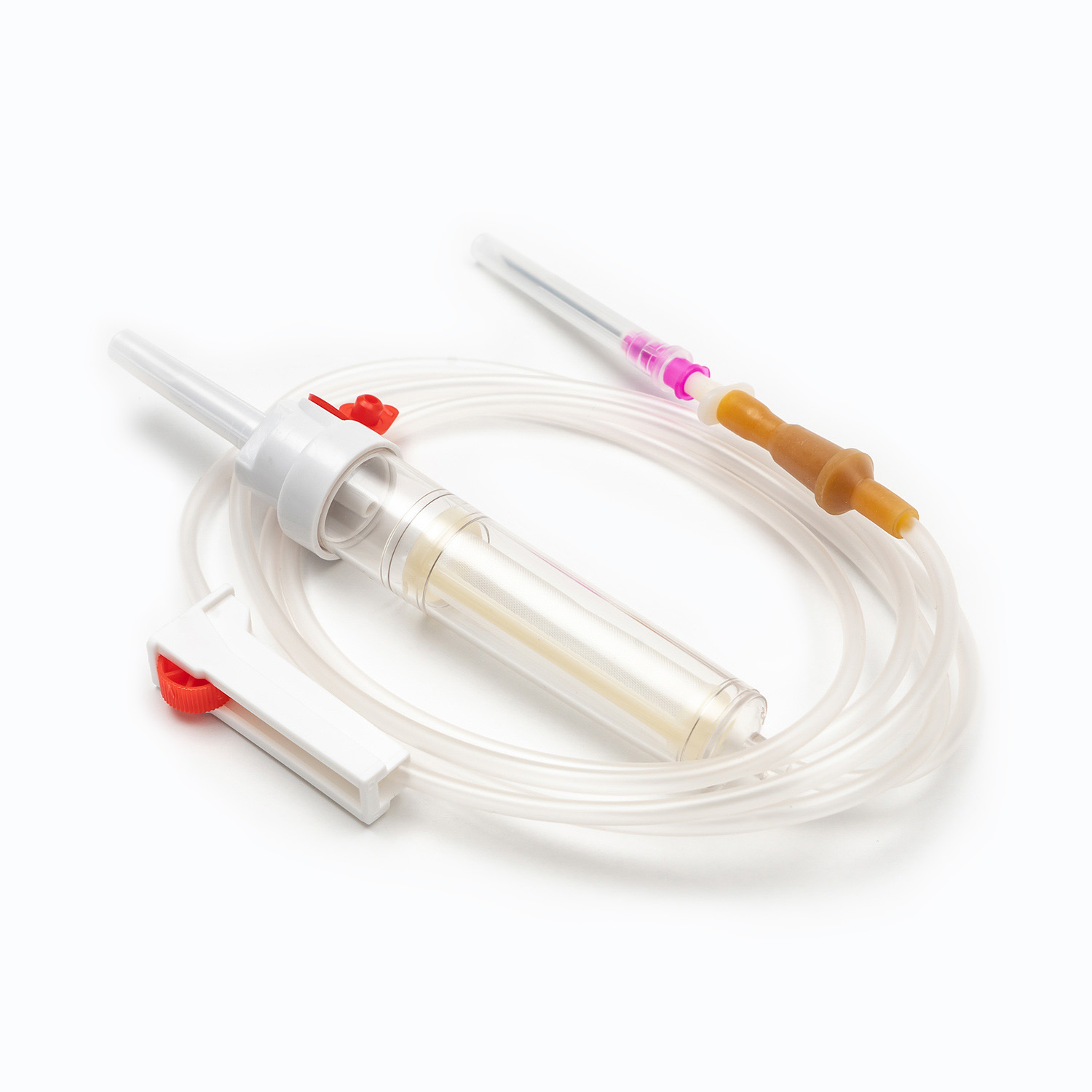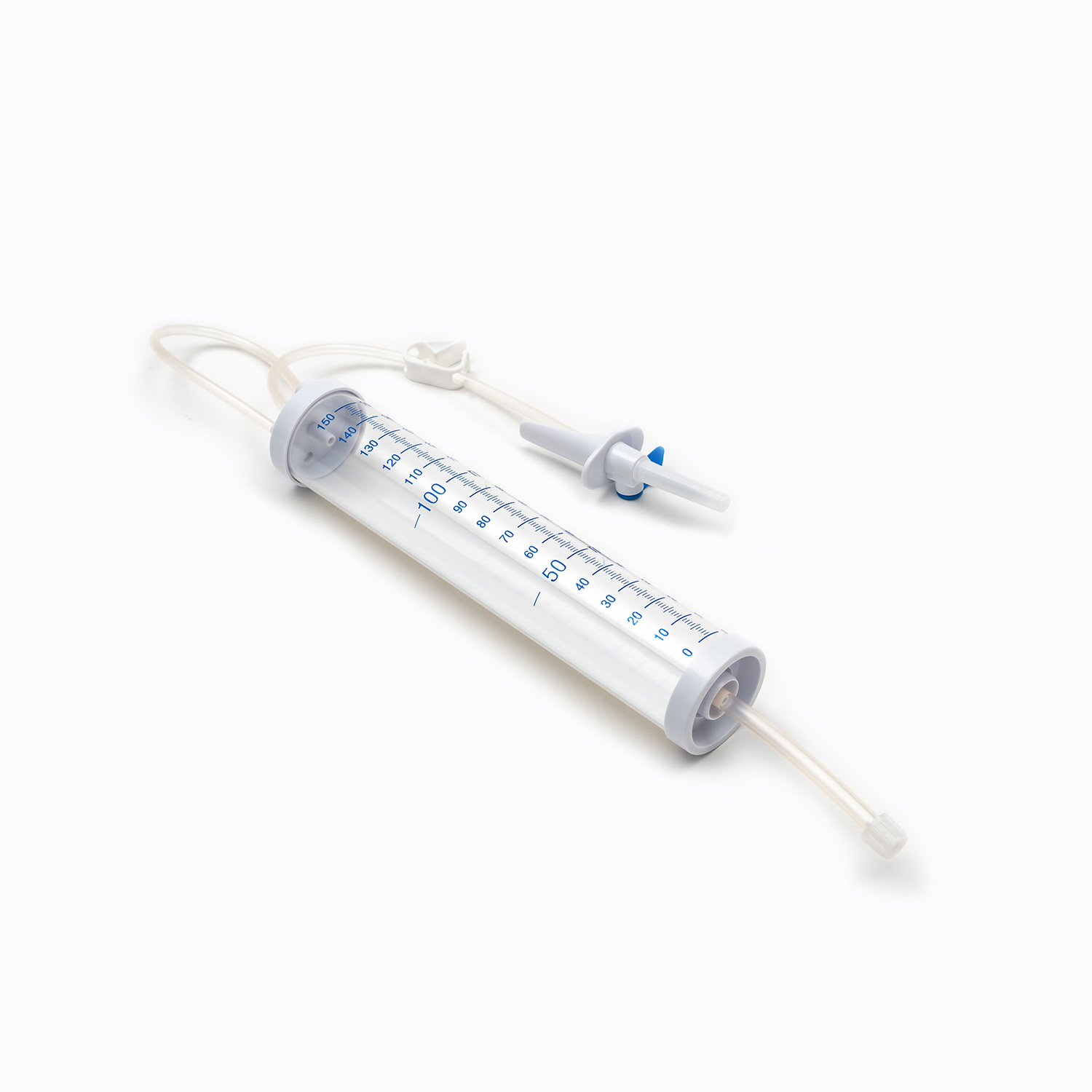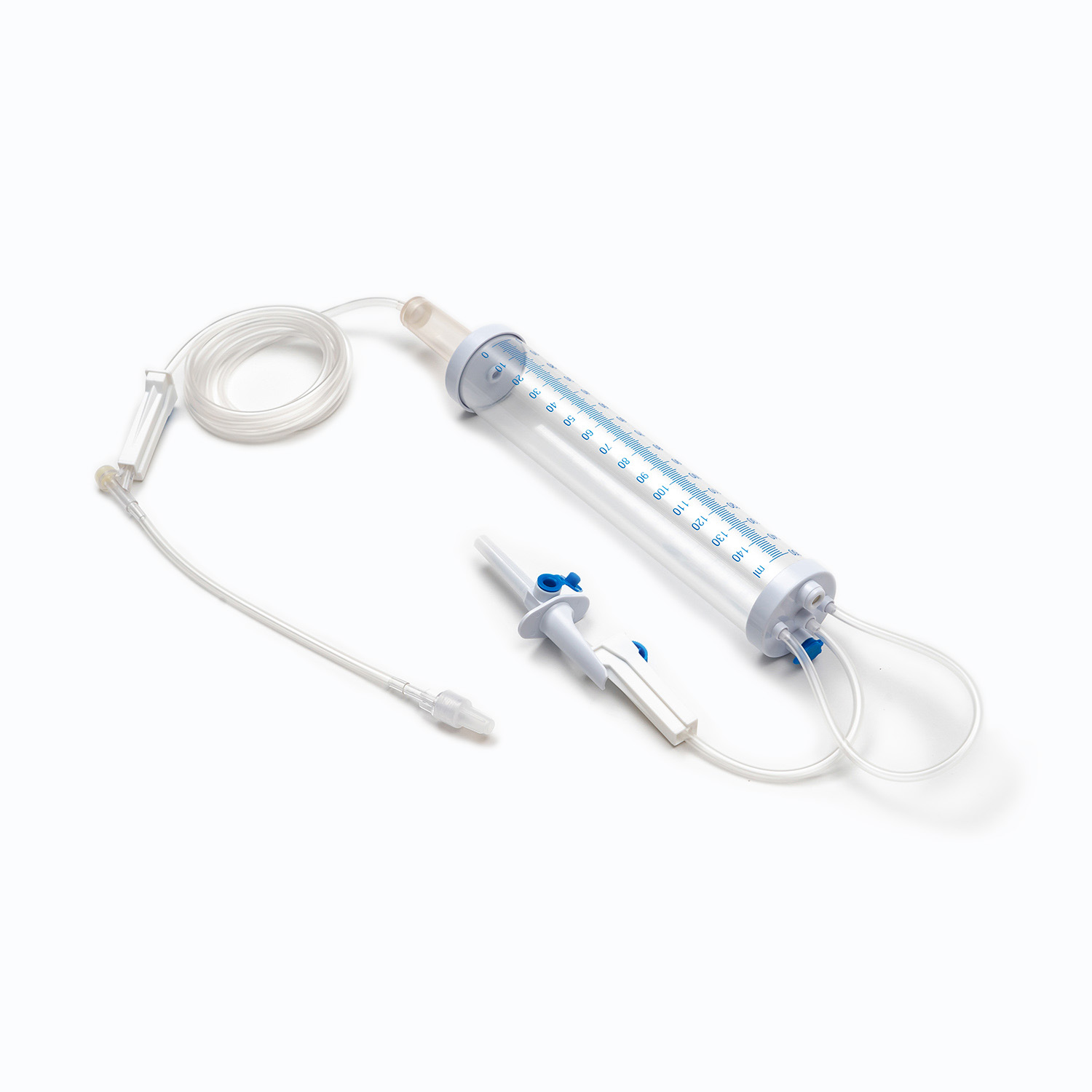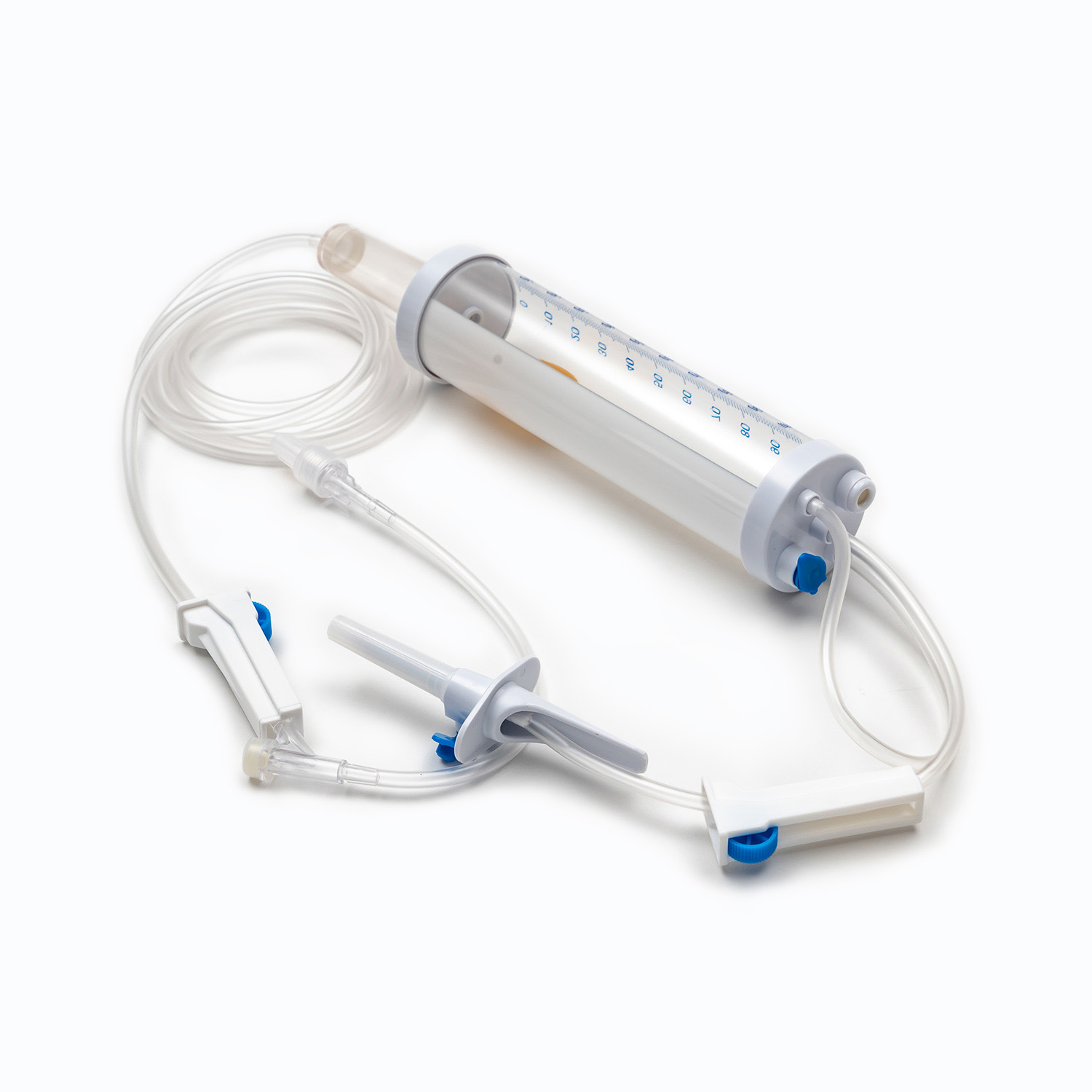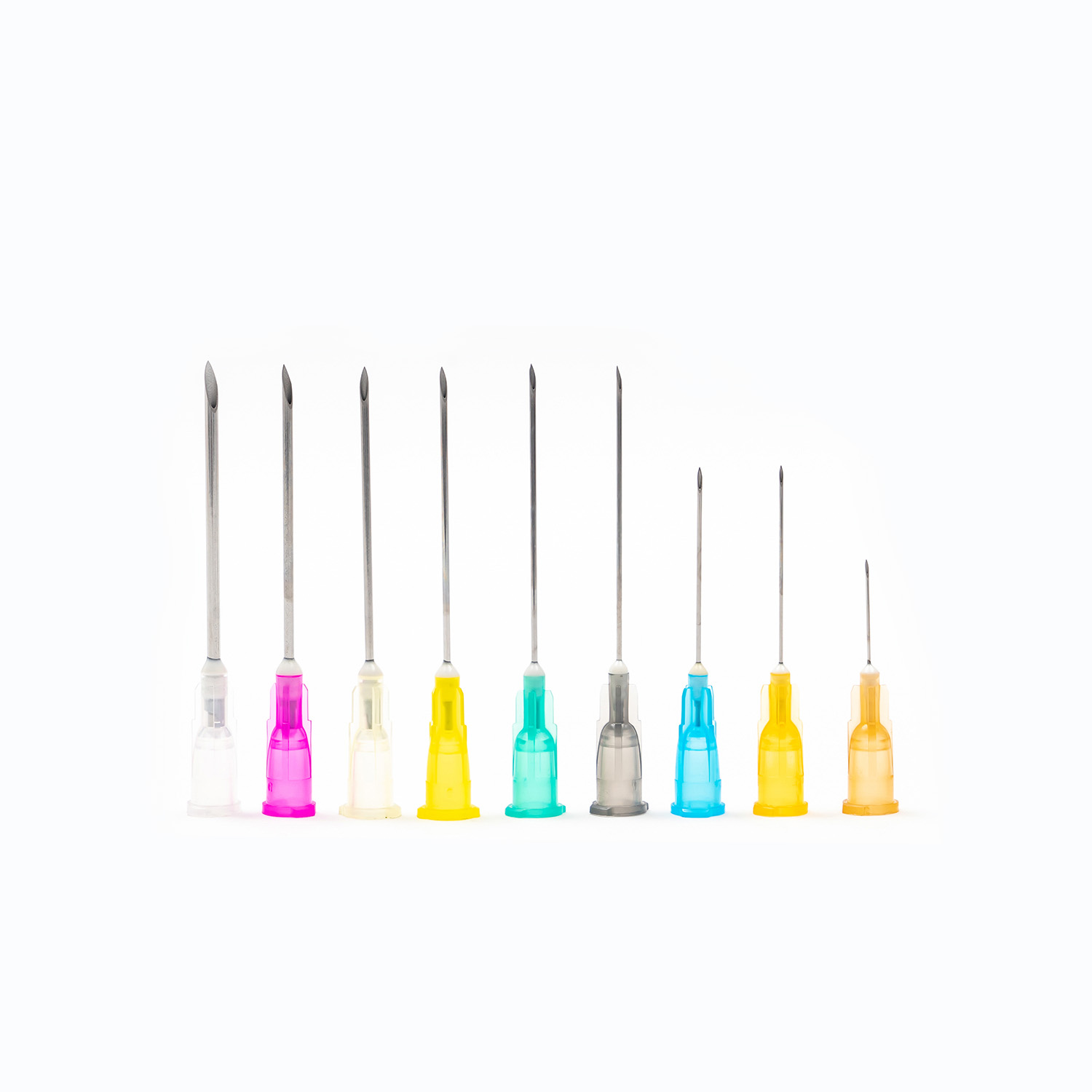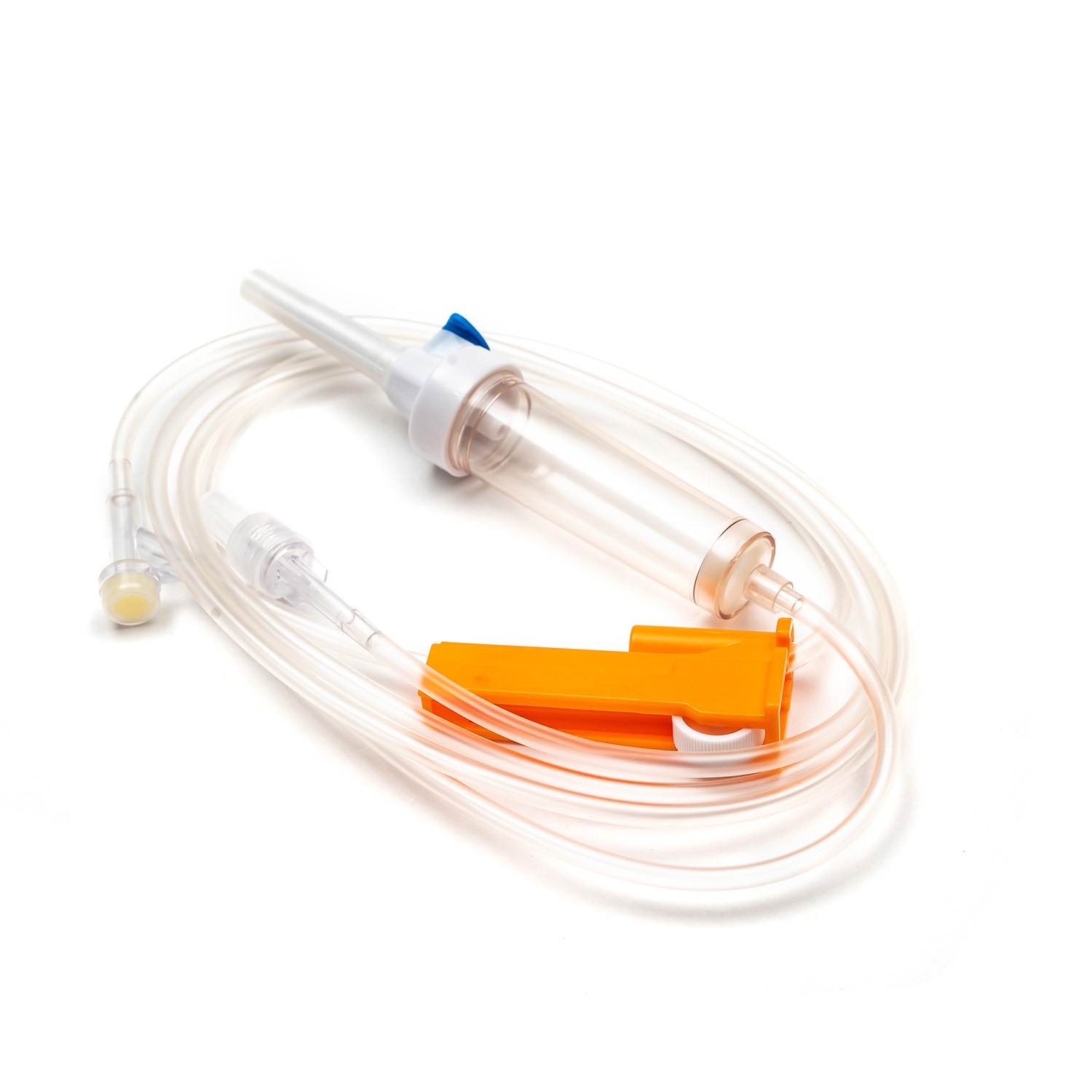Blood Transfusion Set: Precision Engineering from Vascular Access to Life Saving
Aug 08,2025
In modern healthcare, the Blood Transfusion Set serves as a critical bridge connecting blood products and patients. Its technical details and safety performance are directly related to the success of clinical treatment. This seemingly simple medical device is in fact the product of a deep fusion of materials science, fluid mechanics, and clinical medicine. The design of each component carries a reverence and protection for life.
Core Structure: Building a Complete Chain for Safe Infusion
The core value of the Blood Transfusion Set lies in creating a sterile, precise, and controllable fluid transfer channel. Its structural design must balance functionality and safety. The puncture tip, as the starting point for connection to the blood bag, features a special sloped angle design that allows for easy penetration of the blood bag seal while minimizing debris contamination during the puncture process. Its surface is polished to prevent damage to the blood bag lining. The drip chamber connected to the puncture device serves as the "observation station" for the entire system. Its precisely measured volume not only clearly displays the velocity of the droplet, helping medical staff determine the infusion rate, but also acts as a buffer in unexpected situations, preventing air from entering the bloodstream. The drip chamber typically contains a filter with a strictly controlled pore size within a specific range, effectively trapping any small impurities that may be present in blood products while preserving the normal flow of blood cells.
The infusion tubing, the main channel for fluid transmission, is made of medical-grade polyvinyl chloride or polyurethane. The interior is specially treated to achieve ultra-slip properties, reducing flow resistance and adsorption of blood components to the tubing wall, ensuring accurate dosing. The flow regulator on the tubing utilizes a precision roller mechanism to achieve stepless flow rate adjustment. From slow maintenance to rapid bursts, precise control can be achieved with subtle movements.

Material Revolution: Striking a Balance between Compatibility and Safety
The material selection for the Blood Transfusion Set is a delicate balance between biocompatibility and functionality. While early natural rubber materials offered excellent elasticity, they were prone to allergic reactions and carried the risk of leachables, and have long been replaced by modern medical polymers. Today, the mainstream polyvinyl chloride (PVC) material has been modified with plasticizers, retaining its excellent flexibility and transparency while preventing the release of harmful substances.
For infusion sets used in special populations, the material selection is even more stringent. For example, infusion sets used for neonatal blood transfusions often utilize ultra-low-leaching polyethylene (ULLP). Its molecular structure is stable, preventing the release of particles or chemicals upon contact with blood. Furthermore, this material exhibits excellent low-temperature resistance, meeting the specific requirements of refrigerated storage of blood products and ensuring consistent physical properties throughout the infusion process.
Technological Innovation: Making the Infusion Process More Intelligent and Controllable
With advancements in medical technology, blood transfusion sets are evolving from traditional passive transfer tools to intelligent devices. The application of anti-blood-backflow technology has completely resolved a major clinical infusion challenge. When the infusion ends or the tubing is pressurized, the one-way valve inside the infusion set automatically closes. Using fluid dynamics to create a pressure barrier, it prevents blood from flowing back into the tubing. This reduces the operational burden on medical staff and the risk of blood contamination.
Precise flow control is another important technological breakthrough. By modifying the microstructure of the tubing's inner diameter, the new infusion set achieves precise control of the fluid flow rate. This high-precision control capability is particularly important for patients who require strict control of the transfusion rate, such as those with heart disease and the elderly, effectively preventing complications caused by hemodynamic fluctuations.
Safety Assurance: Comprehensive Control from Production to Use
Safety assurance is ensured throughout the entire lifecycle of the Blood Transfusion Set, with stringent quality control standards established at every stage, from raw material procurement to final clinical use. During the production process, all components undergo sterilization, using methods such as moist heat sterilization or radiation sterilization.

Packaging design also carries a safety priority. The packaging of the infusion set utilizes a multi-layer composite film structure, offering excellent bacteria and moisture barrier properties, ensuring the product remains sterile throughout its shelf life. Furthermore, the easy-tear design and sterile tamper indicator on the packaging facilitate quick operation by medical staff in emergency situations, ensuring sterility and improving emergency response efficiency.
Driven by environmental awareness, the development of biodegradable infusion sets has become a key focus. These infusion sets rapidly degrade in the natural environment after use, reducing environmental pollution from medical waste and aligning with the development of green healthcare. Furthermore, their modular design enhances the versatility of infusion sets. By replacing different functional modules, they can adapt to various clinical needs, such as blood transfusion, infusion, and medication administration, improving device utilization and reducing resource waste.
The development of infusion sets reflects the trajectory of medical technology advancement. From the initial simple catheter to today's intelligent systems, each upgrade has been driven by the ultimate pursuit of patient safety. In the future, with the integration of more cutting-edge technologies, this small device that connects life and hope will continue to play an irreplaceable and important role in clinical treatment, providing more solid technical support for protecting patients' lives and health.



 English
English Français
Français русский
русский Español
Español
